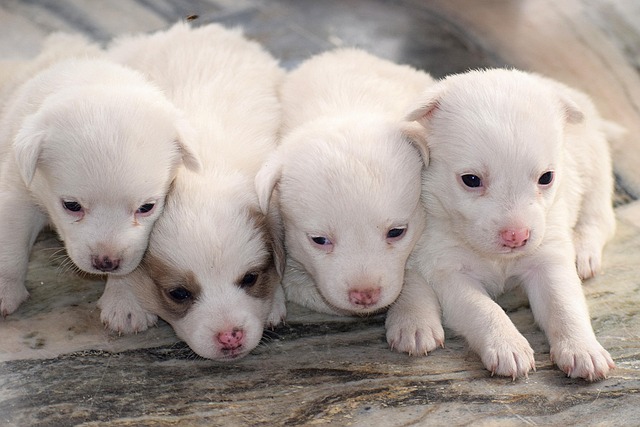
How do i train my dog to be obedient?
Watching your dog dart across the park ignoring your calls isn’t just frustrating—it can put them at risk near busy streets or public spaces.
Bringing home that wiggly ball of fur is pure joy, but soon reality hits: your puppy hides from visitors, lunges at skateboards, or barks hysterically at the vacuum cleaner. These aren't just annoying habits; they're signs your pup hasn't learned how to navigate our complex human world. Proper socialization isn't just about making friends; it's about wiring their brain during a critical developmental window (roughly 3 to 16 weeks) to perceive new experiences as normal and non-threatening, preventing lifelong fear and aggression. Missing this window makes fixing problems exponentially harder later. So, how do you build a confident canine citizen?
Start smart and safe. Before hitting the dog park or busy streets, ensure your pup has completed their initial vaccination series as mandated by state and local laws – parvo is a real danger in many US communities. Focus first on controlled, positive exposures within your home and yard. Invite calm friends over, introduce them to household sounds like the TV or dishwasher gradually, and offer high-value treats (tiny chicken bits work wonders) to create happy associations. Gently handle their paws, ears, and mouth daily – this makes future vet visits and grooming far less stressful, aligning perfectly with the American Veterinary Society of Animal Behavior's emphasis on early positive handling. Remember, every single interaction teaches them something. If they greet someone calmly, mark that instant with a cheerful "Yes!" and reward immediately; this positive reinforcement training is the gold standard endorsed by US animal welfare groups and avoids the risks associated with outdated punishment methods, which are culturally frowned upon and can damage your bond.

Gradually expand their world, prioritizing quality over quantity. Short, successful outings are key. Carry them or use a secure harness in unfamiliar places at first. Sit quietly with them outside a local coffee shop (many with dog-friendly patios are great spots), letting them observe traffic, strollers, and people from a comfortable distance. Reward calm curiosity. Enroll in a well-run puppy socialization class near you that requires proof of vaccinations and focuses on supervised, positive play – look for certified trainers using force-free methods. These classes are invaluable for teaching bite inhibition through play with other pups. Crucially, always respect leash laws and always carry waste bags. Scooping poop isn't just neighborly; it's legally required in virtually every US municipality and park. Failing to do so gives all dog owners a bad rap.
For apartment dwellers or those in dense suburbs, unique challenges arise. Practice calm behavior in hallways and elevators before peak times. Reward ignoring passing neighbors or delivery people. Teach a solid "settle" cue using treats for quiet behavior inside, crucial for maintaining good relations with neighbors in close quarters. Mastering polite leash manners – no pulling or jumping – is non-negotiable for navigating sidewalks, vet offices, and pet stores safely. Never force interactions; if your puppy seems scared, create distance and offer reassurance with treats, respecting their comfort zone. Socialization isn't a race; it's about carefully building positive memories. By focusing on these positive, incremental experiences during their crucial developmental period, respecting community rules, and prioritizing their emotional well-being over simply exposure, you're laying the foundation for a relaxed, friendly, and well-adjusted dog who truly enjoys being part of your American life.

Watching your dog dart across the park ignoring your calls isn’t just frustrating—it can put them at risk near busy streets or public spaces.

New puppy owners often find themselves rushing to clean up accidents before they set in, and that’s where puppy pad training becomes a game-changer.

If you've noticed your dog's waistline disappearing and your veterinarian has mentioned those few extra pounds, your first instinct might be to simply reduce the amount of food in their bowl.

Training a dog to use a designated spot indoors isn’t as daunting as many new owners fear, but it does take consistency and an understanding of your pet’s needs.

That moment of dread on a walk is all too familiar for many new dog owners. You see another dog approaching down the sidewalk of your neighborhood

If the sight of another dog on your neighborhood walk makes your heart sink as your own dog erupts into a frenzy of barking and lunging, you're not alone.